
I’d kind of assumed that December 24th would be an all-booked-up kind-of-a-night at the Wan Chai Travel Inn and Grill. Clearly trained to spot a raised eyebrow at several paces, the Travel Inn Keeper had an explanation at the ready.
“Couple of years back, sir,” he said, “we’d have been packed to the rafters we would. You’d have been lucky to have bedded down with a horny pig in a New Territories outhouse. I say, a horny pig in a New Territories outhouse….”
Clearly delighted with his own turn of phrase, a third iteration was only prevented by a sneeze immediately behind me. Unnoticed by either of us, a veritable mini-queue of feckless festive wanderers had formed, headed by a stunningly beautiful K-popstress – one that I vaguely recognised from a series of thigh-flashing posters that had enlivened my walk to the MTR platform no end for the last week or more.
Behind the clearly cosmetically-enhanced Korean cutie stood three itinerant individuals who were notably less easy on the eye. The first, bizarrely clad in a blue duffel coat – a striking contrast to his bright red nose – had been the source of the explosive sniffle that had thankfully stopped mein host mid-flow.

“A few years back, you’d be lucky to have bedded down with a horny pig in a New Territories outhouse”
The figure behind him was, if anything, strikingly unstriking, a fusty financial services type straight from central casting, all pin-stripes, leather luggage and almost entirely bonhomie-free. He seemed an odd match to his blue duffel-coated companion and an odder match still with the third of the party – all superannuated and leather-clad, a man who had clearly brooked no wardrobe upgrade since 1995 at the very latest.
Clearly concerned that none should overlook his retro proclivities, he was clutching an album from the days of Way Back When, one graced by an image of two racing dogs. A lesser connoisseur than my good self might have failed to recognise the recent vinyl re-issue of 1994’s Park Life, a seminal re-release from the long-ago days of Britpop.
“Blimey,” said the Innkeeper, addressing his array of would-be bed and boarders, “it looks like Christmas has come marginally early for all of us. A couple of years ago, you’d all have been lucky to have bedded down…”
“With a horny pig in a New Territories outhouse?” I ventured.
“Well, sir, such language in front of a lady. I was going to say in the Causeway Bay Travel Inn and Charcuturie run by my brother-in-law. Why the very thought…”
A tad non-plussed by such verbal chicanery, I stood aside as our host for the night checked in his most unexpected guests.

“Modam,” he said, addressing the unimpressed looking K-popper, “I’ve put you in 669, one of our very best rooms. Pizza-Box – blame a mischievous Australian TEFL teacher for his nomenclature, modam – will take you up…”
Pizza-Box, a young, uniformed bell-boy, a veteran of no more than 17 summers, sprang from behind the check-in desk, managing to both salute and grab several of the sultry singing star’s hat boxes as he did. Strewing luggage about his person as he went, he scampered off liftwards, with the sexy Seoul singer losing much of her aloofness as she strove to keep up.
“Now, you gentlemen,” said the clearly intrigued innkeeper querulously, “a family room, was it? I’ll put you in 668, one of our very best rooms. Unfortunately, as Pizza-Box is…eh…you’ll have to….”
“Don’t worry,” said Blue Duffelcoat, nudging his financial chum mid-rib, “we’ll just follow yonder star…”
Amid a series of variously muffled giggles and several barely restrained sneezes, the unlikely trio headed off down the corridor, scurrying to keep up with the amusingly-named bellboy and his chanteuse charge.
“And you sir,” said the manager, belatedly returning his attention to me, “Mr Shepherd, wasn’t it? I’m going to put you in room 667. It’s one of our….”
“Very best rooms?” I proffered helpfully.
“No sir, regrettably not. It’s one of our worst. It looks like an on-heat hog had an all-night porkathon under your valance, quite frankly….
****
Room 667, thankfully, did not seem quite the recent scene of saucy sow shenanigans that the hotel’s proprietor had, well, more than implied. This may have been, however, more to do with an ambience unlikely to inspire amatory antics among even the most bawdy-minded of boars rather than any restorative room service on the part of the management.
With décor best described as German porn chic circa 1972 – a style of interior universally acknowledged as wholly anti-copulatory – the dividing walls were thinner than an anorexic’s Happy Meal scrapbook, ensuring nary a sigh of the next-door residents could ever be missed. And Christmas Eving overnight in the Wanchai Travel Inn and Grill would bring out the sigh in the sunniest of folk.
It wasn’t a sigh that caught my attention, however, so much as a long-drawn out sniffle and the distinctive sound of an ill-matched trio failing to move stealthily, no matter what their intent. I gently prised open my woodchip door and peered into the corridor.
 “Christmas Eving overnight in the Wanchai Travel Inn and Grill would bring out the sigh in the sunniest of folk”
“Christmas Eving overnight in the Wanchai Travel Inn and Grill would bring out the sigh in the sunniest of folk”
To the left, the theatrically unlikely threesome of Blue Dufflecoat, Financial Know-How and Britpop Vinyl were slinking down the hallway in exactly the fashion you shouldn’t if you didn’t want anyone to hear, each taking haphazard turns to noisily shush the others.
To the right, astonishingly unaware that she was being quite so badly stalked, was the K-pop princess herself, bending archly to peer through the keyhole of the room next to mine. There was only one thing to be done by a far-from-home Englishman in such a predicament. I harrumphed nervously, hoping to strike just the right note of regretful intrusion and polite umbrance.
As one – and with an equal lack of success – the four figures did the nonchalant thing.
“Perhaps I could explain…” said Blue Dufflecoat.
“Could you?” asked Financial Know-How doubtfully.
For his part, Britpop Vinyl looked unconvinced.
Blue Dufflecoat thought for a moment.
“Possibly,” he said. “You see, we Three Wise Men have travelled from Afar to be here today….”
“Apparently, they had trouble recruiting locally, this being Hong Kong an all…” said Britpop Vinyl.
“Recruited?” I said, raising an eyebrow in the aptly quizzical fashion.
“Well, at first we thought it was a glitch,” said Blue Duffelcoat, “or that maybe Pokemon God! was a sort of free upgrade. Rather than telling us we had to collect them all…
“….it said we had to pursue a Korean pop luminary,” Britpop Vinyl finished for him.
“And I just had a strange compulsion to come to this very hotel on this very night and to visit this very room…” said the K-pop princess, indicating the door next to mine.

As one, we all turned to look at the door in question. An unearthly light was flooding out from the sizable gap between the plywood door and the stained tile flooring and, dimly, the sound of a pained grunting could just be discerned.
Revelation, reader, it hit me then.
“Wait,” I said, “you three are Wise Men from Afar…”
“I pride myself on my understanding of monetary systems….” said Financial Know-How.
“My specialist subject is the Seminal works of Damon Albarn and his band (1988-2003)…” said Britpop Vinyl.
“And I’ve got a bit of a sniffle…” said Blue Dufflecoat doubtfully.
“Don’t you see,” I said, “Cold, Banking Sense and Blur… And you were led here by following a Star from the East…. That can only mean….”
The four of us turned to stare at the glowing door, a sense of awe pervading us all as we realised the Sure Significance of Just What We Had Been Drawn Here to Witness that very night….
The thin wail of a new-born broke us out from our stupor.
“Unto us a child is born…” I whispered.
Slowly, the glowing door swung open and we peered within.
Nestled in a tiny cradle, was the source of the wail. It was, admittedly, a little redder than we’d expected. And the two horns on its tiny forehead weren’t exactly what we’d anticipated and nor, quite frankly, was its little pointed tail….
A sudden whiff of Sulphur hit us all and with a moderately blinding flash, a familiar trident-wielding, cloven hoofed figure materialised above the crib…
“Come now,” it said, “after a year of Aleppo, Trump, Brexit and Bowie dying, you surely weren’t expecting the Other Fellow…?”




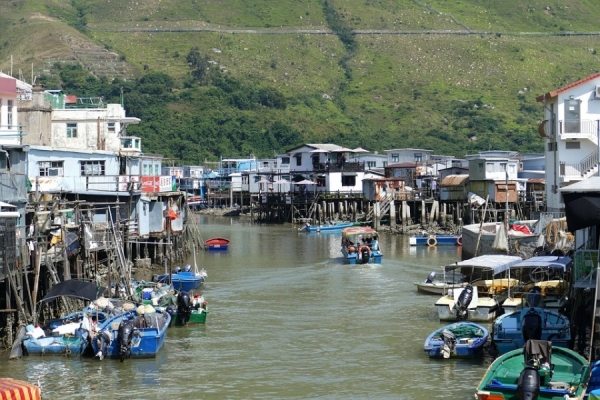














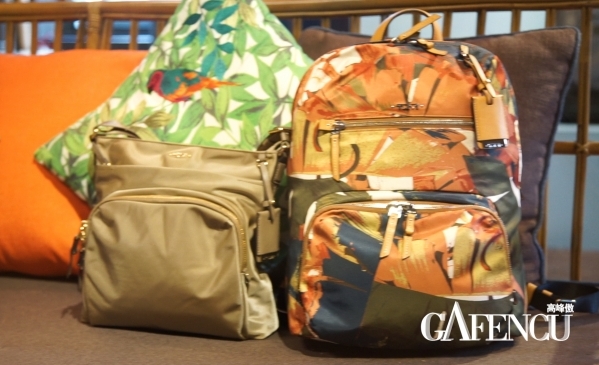










 “Christmas Eving overnight in the Wanchai Travel Inn and Grill would bring out the sigh in the sunniest of folk”
“Christmas Eving overnight in the Wanchai Travel Inn and Grill would bring out the sigh in the sunniest of folk”
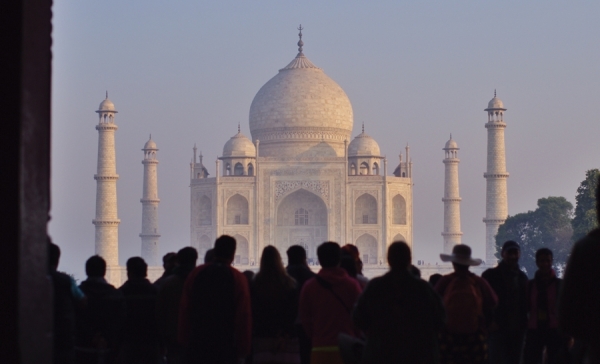






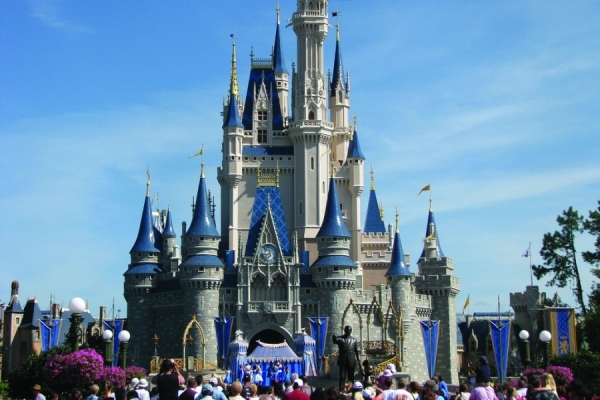




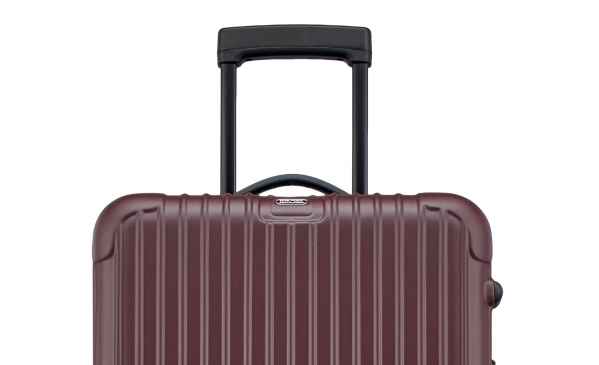


 Despite taking its inspiration from the clean lines of classic fighter jets, the Valkyrie has ample space for golf clubs, skis and suitcases. Reassuringly, it comes in a canard configuration, complete with a forewing, a design said to reduce any incidence of stalling. Wholly manufactured in California, the jet also features hand-stitched leather seats and matching rose gold controls. The retractable landing gear, though, is machined in sturdy, high-performance alloys. The dashboard design is equally impressive, with one easy-to-use on/off switch and even a place holder for an iPad – how very thoughtful.
Despite taking its inspiration from the clean lines of classic fighter jets, the Valkyrie has ample space for golf clubs, skis and suitcases. Reassuringly, it comes in a canard configuration, complete with a forewing, a design said to reduce any incidence of stalling. Wholly manufactured in California, the jet also features hand-stitched leather seats and matching rose gold controls. The retractable landing gear, though, is machined in sturdy, high-performance alloys. The dashboard design is equally impressive, with one easy-to-use on/off switch and even a place holder for an iPad – how very thoughtful.